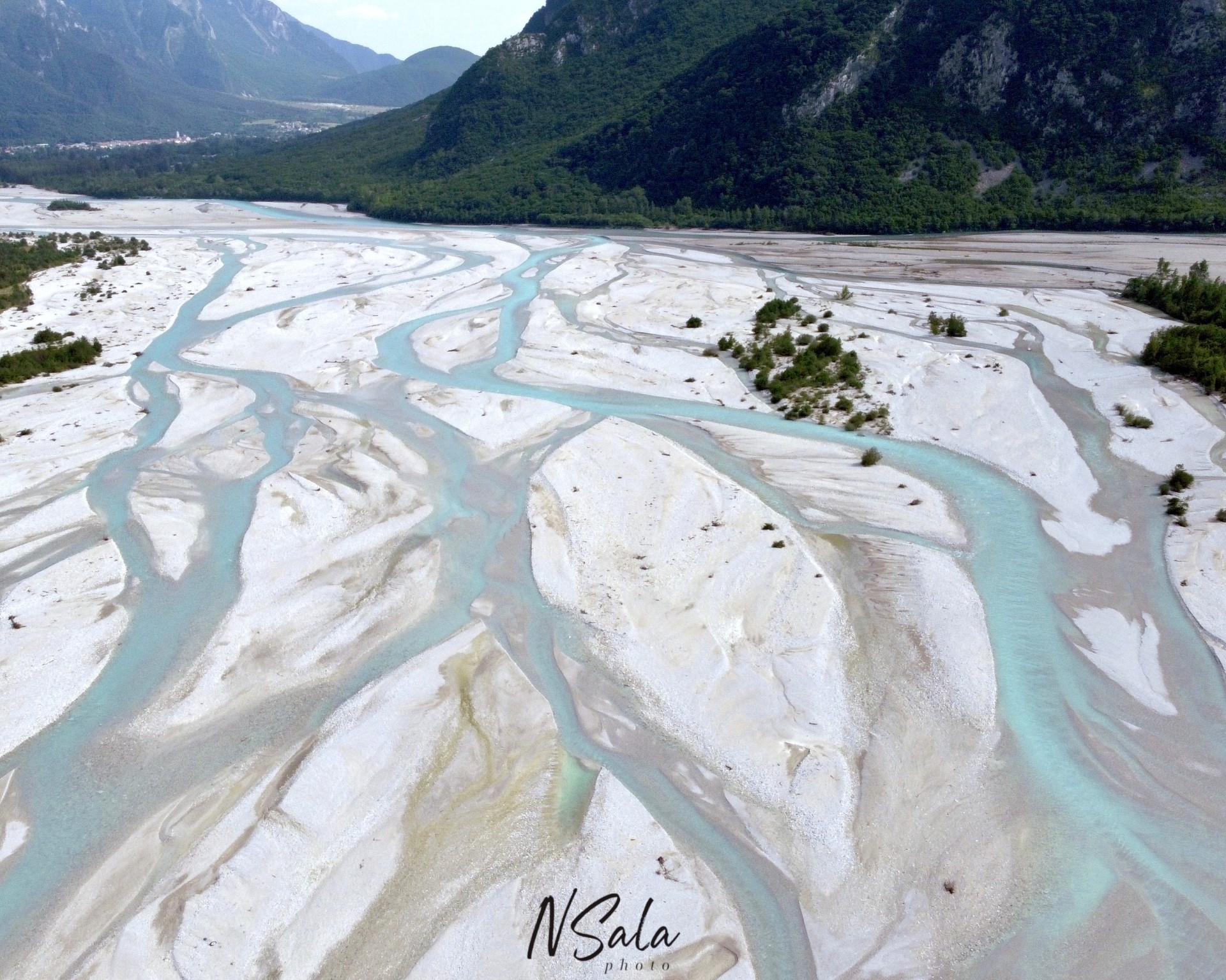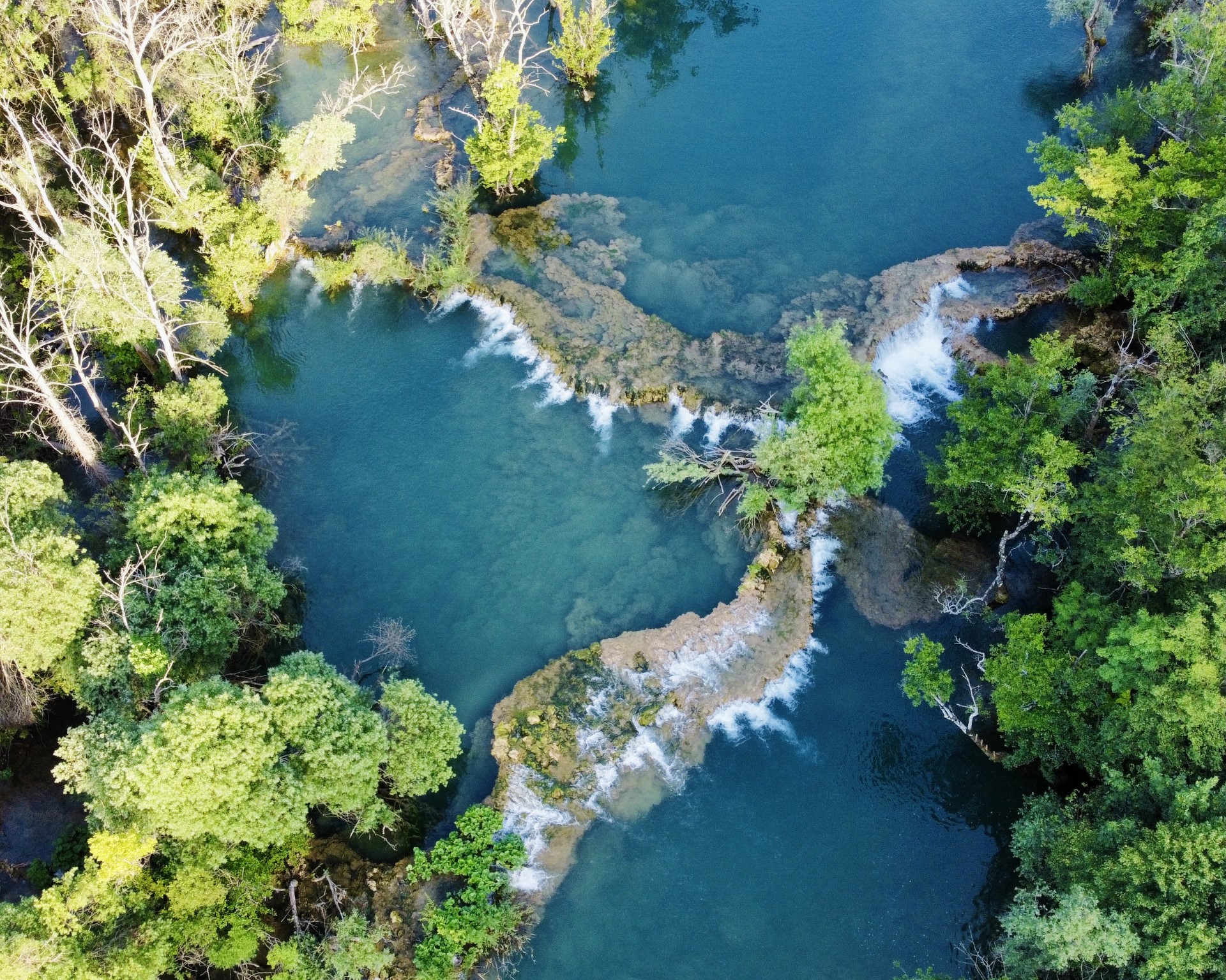Photo: Tagliamento River, Italy © Niccolò Sala
Nature Restoration Law: what does it mean for rivers?
Healthy ecosystems are vital for human well-being. Rivers, forests, and oceans – and, in principle, all ecosystems – deliver fundamental subsistence services and act as natural shields against climate change. However, natural areas within the European Union are deteriorating quickly, undermining the planet, biodiversity, and our future.
Among these endangered ecosystems, free-flowing rivers are on the brink of disappearance. In fact, only about a third of the world’s 246 longest rivers (1.000 km or longer) remain free-flowing. Across Europe, rivers are disrupted with dams, weirs, and culverts – many past their expiration date, unused and unlicensed. According to the latest AMBER study, it is estimated that over 1 million barriers are blocking European rivers, and at least 150 000 are considered obsolete, meaning that these infrastructures are neither maintained nor repaired nor have a function, causing safety concerns for people. These artificial obstacles fragment our rivers by blocking the natural flow of water, nutrients, and sediments. Additionally, they interrupt migratory routes to fish breeding grounds causing a 93% decline in European migratory freshwater fish populations since 1970.
Free-flowing rivers are nature-based solutions for a warming world, as they help relieve the impact of intensifying droughts, floods, and storms. Luckily, the European Commission recognizes the importance of reconnecting rivers and supports a fast and cost-effective tool to do so: dam removal. In June 2022, the European Commission proposed the Nature Restoration Law, setting targets to restore biodiversity and degraded ecosystems. A free-flowing rivers target was included for riverine ecosystems to identify and remove obsolete barriers and free at least 25 000 km of European rivers.
Photo: Tagliamento River, Italy © Niccolò Sala
What is the current status of the Nature Restoration Law?
In July, the Nature Restoration Law narrowly passed the EU Parliament and Council with the free-flowing rivers target intact, while many other ambitions were significantly weakened. The Trilogue (interinstitutional negotiations) is now underway to resolve the differences in the legislative proposals. This is a crucial forum for negotiation, where the co-legislators (Parliament and Council) have to find a consensus. The final proposal that emerges from these discussions will have to be voted for final approval by both the Council and Parliament, possibly later this year. Stay tuned for updates on whether we need to make our voices heard for rivers.
Photo: Una River, Bosnia–Herzegovina © Niccolò Sala
More Dam Removal news?




Join the discussion 3 Comments